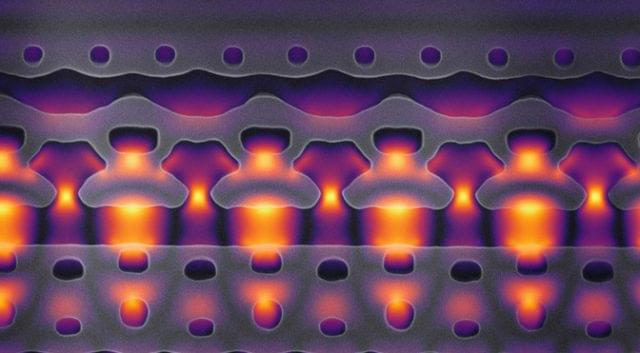Circa 2020
You’ve no doubt heard of the Large Hadron Collider (LHC), the massive particle accelerator straddling the border between France and Switzerland. The large size of this instrument allows scientists to do cutting-edge research, but particle accelerators could be useful in many fields if they weren’t so huge. The age of room-sized (and larger) colliders may be coming to an end now that researchers from Stanford have developed a nano-scale particle accelerator that fits on a single silicon chip.
Full-sized accelerators like the LHC push beams of particles to extremely high speeds, allowing scientists to study the minutiae of the universe when two particles collide. The longer the beamline, the higher the maximum speed. Keeping these beams confined requires extremely powerful magnets, as well. It all adds up to a bulky piece of equipment that isn’t practical for most applications. For example, cancer radiation treatments with a particle accelerator could be much safer and more effective than traditional methods.
The team from Stanford’s SLAC National Accelerator Laboratory didn’t set out to build something as powerful as an accelerator that takes up a whole room. The chip features a vacuum-sealed tunnel 30 micrometers long and thinner than a human hair. You can see one of the channels above — electrons travel from left to right, propelled by 100,000 infrared laser pulses per second, all of them carefully synchronized to create a continuous electron beam.
